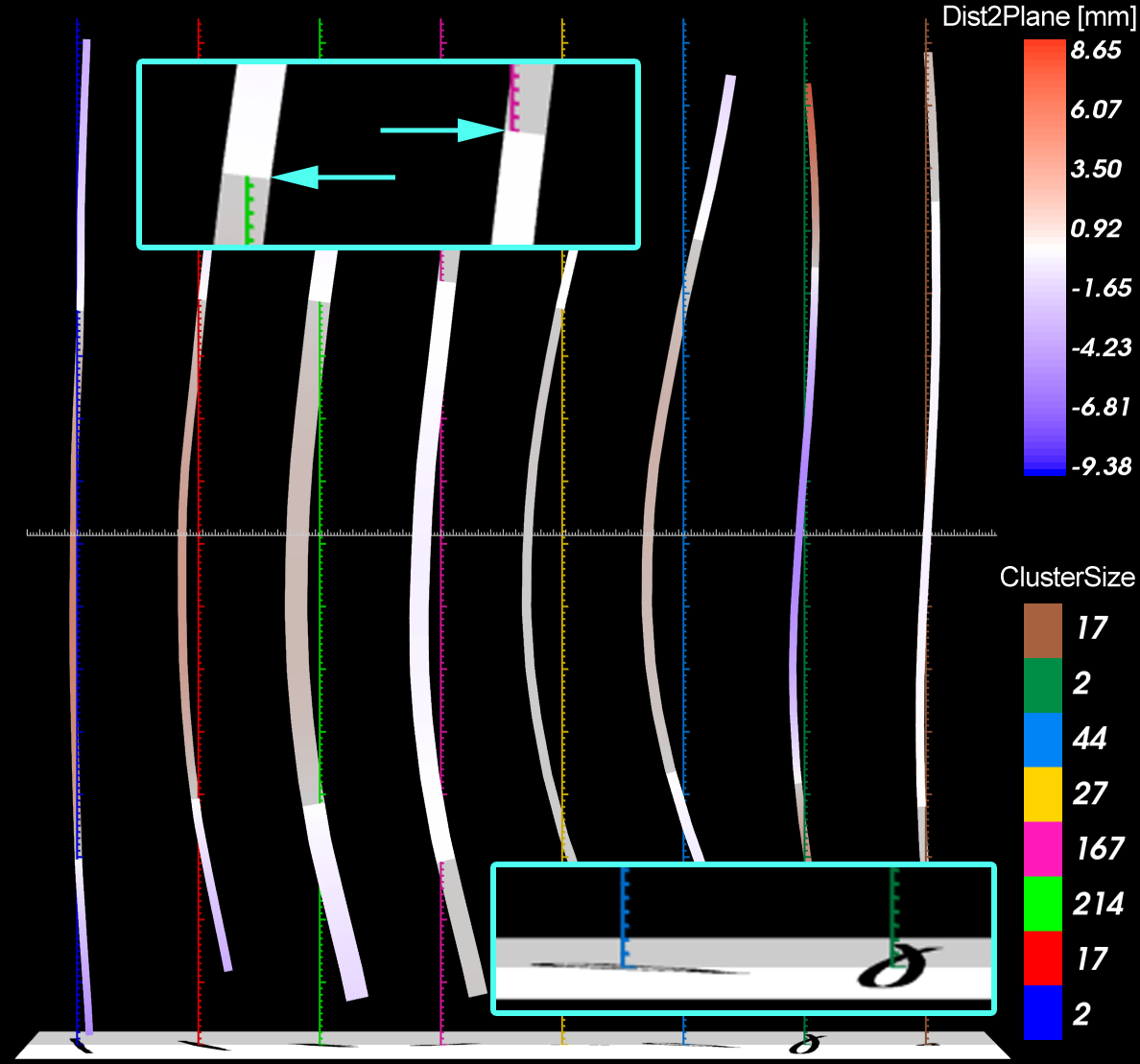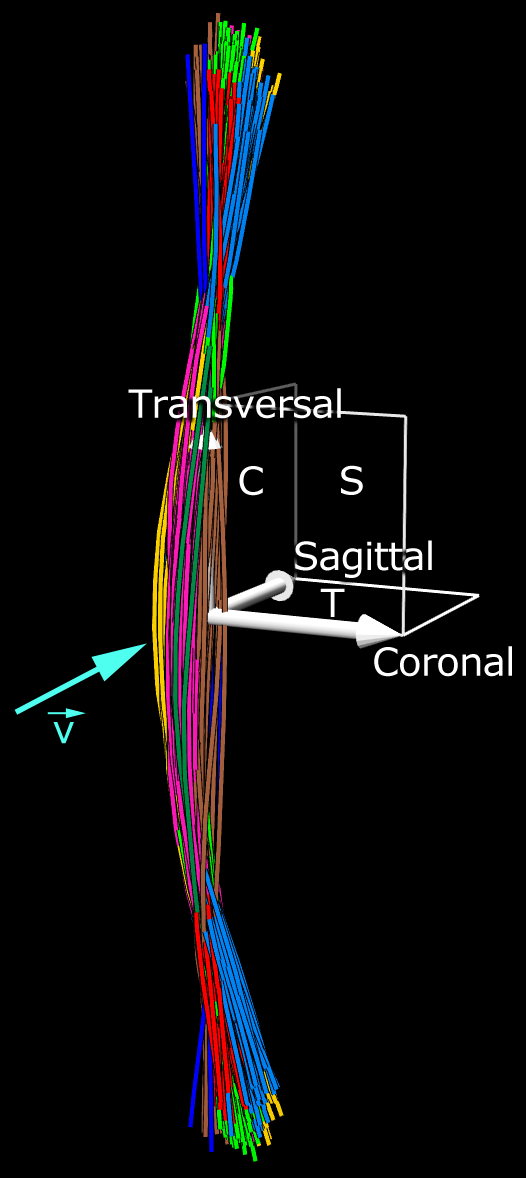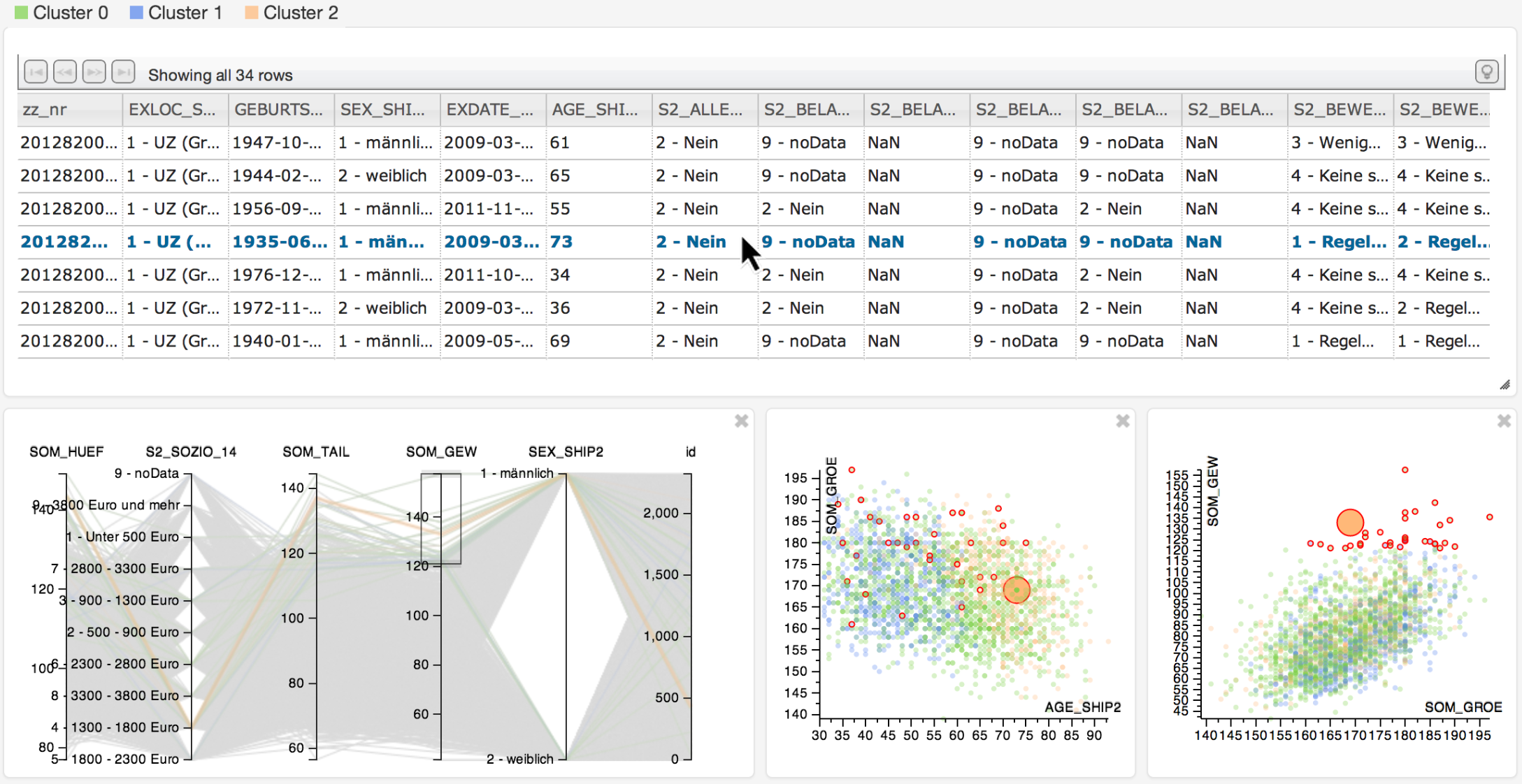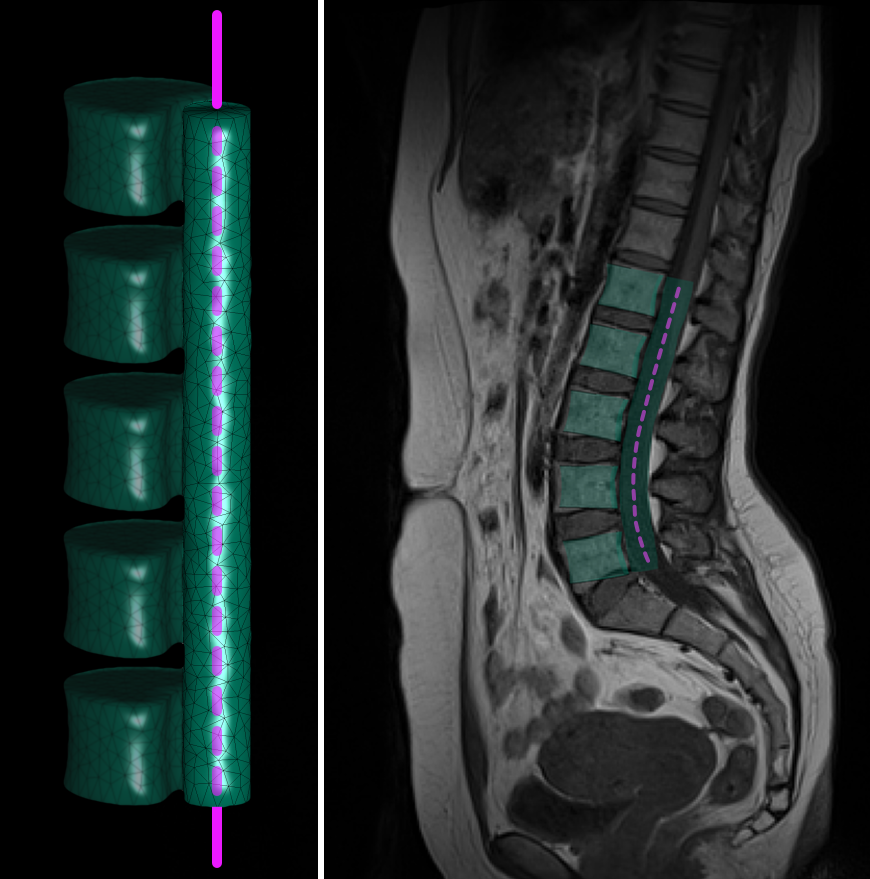The essence of epidemiology is the analysis of relations between causes and consequences on the health of the people. What combination of influences leads to an increased risk of getting a particular disease? In order to be able to analyze these complex associations, it requires extensive data basis in the form of populations studies as the “Study of Health in Pomerania” (SHIP), which iterativly gathers data for a large group of subjects (a cohort). To grasp the complex connections of this data, tools and visualizations are needed which go beyond the traditional statistical approaches used by epidemiologists. Techniques which connect the various socio-demographic and medical parameters in an interactive framework are needed to amplify the hypothesis-driven analysis of the complex data sets.
Medical image processing and visualization gaining in importance in epidemiology, since full body MRI scans are part of the data acquisition of large studies such as the SHIP. In addition to the detection of pathologies, the epidemiologists interested in offering new statistical indicators, such as the extent of a given structure or distances between different tissue types.
We focussed initially on the shape variation analysis of the spine. In practical terms, to distinguish pathological shape variance of age-related phenomena. To allow fot that, the medical data sets had to be processed in a way that allows comparisons between different subjects. We want to extend this approach in the next step of the entire lumbar spine.
As long-term goal we strive for a system that uses techniques of information visualization on socio-demographic and medical parameters and connects them with shape variance visualization of relevant structures. Such a system season would not be an impor-tant tool for epidemiologists who have statistical analysis and image-based to a large extent separate from each other methodically.
In addition to the goals specified in the project proposal, we are also interested in a in-depth understanding of epidemiological workflows and reasoning and coupling information visualizations with statistical tools. We focus on spine-related diseases and an understanding of socio-demographic variables and results from image processing (spine centerline, shapes of individual vertebrae) on and potential correlations to the disease status.
Publications
2019 |
|
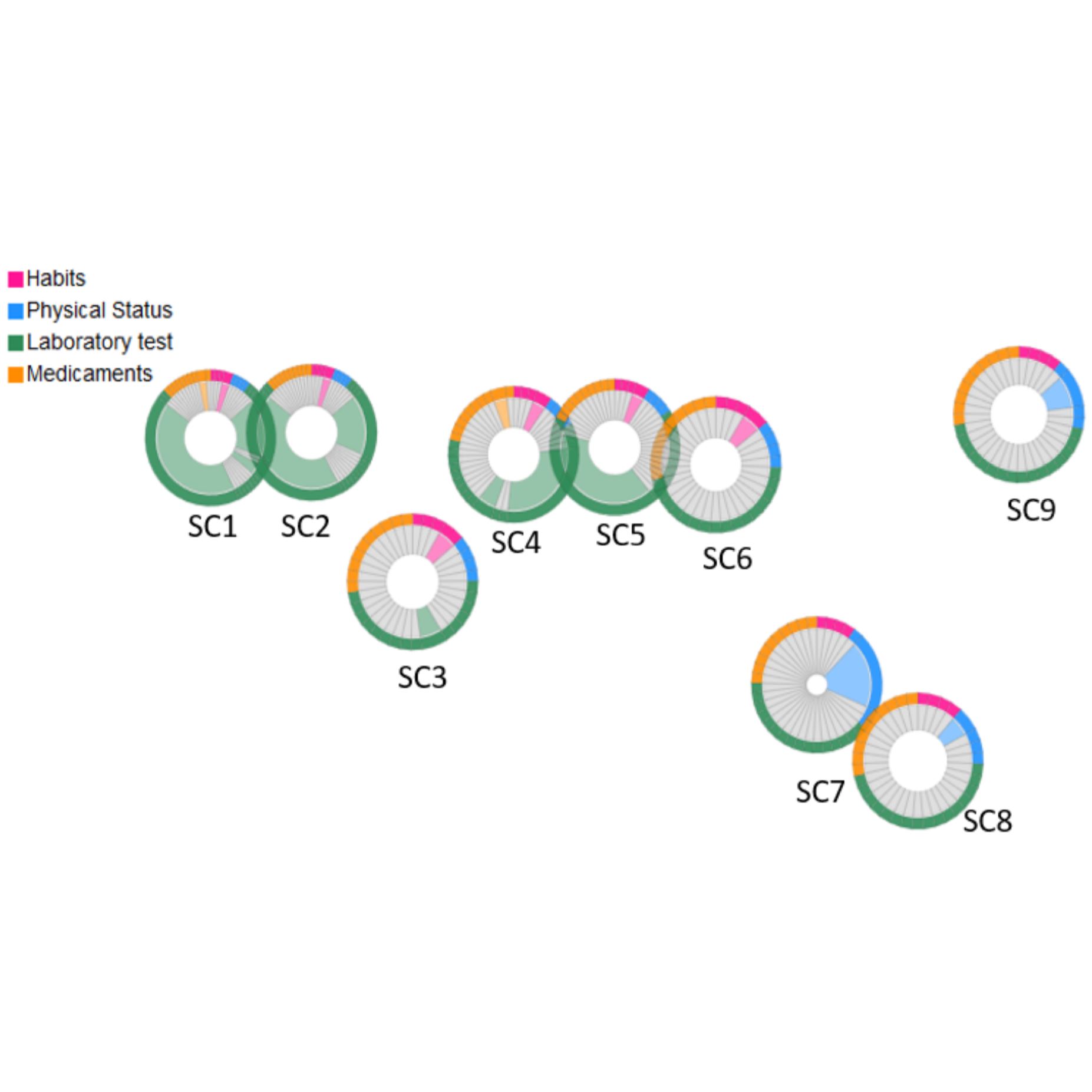 | Visual Analytics for Epidemiological Cohort Studies Inproceedings Proc. of Eurographics Medical Price, 2019. |
2015 |
|
 | 3D Regression Heat Map Analysis of Population Study Data Journal Article IEEE Transactions on Visualization and Computer Graphics (TVCG), 22 (1) (1), pp. 81–90, 2015. |
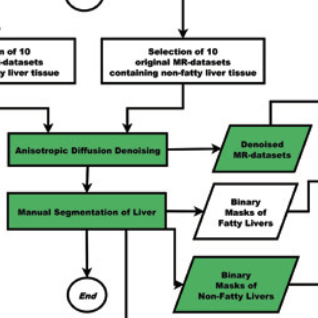 | Image analysis in epidemiological applications Journal Article it - Information Technology, 57 (1), pp. 22–29, 2015. |
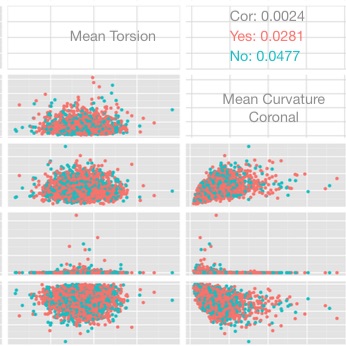 | Interactive Visual Analysis of Lumbar Back Pain Inproceedings Proc. of the 6th International Conference on Information Visualization Theory and Applications (IVAPP), pp. 85–92, Berlin, 2015. |
2014 |
|
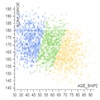 | Clustering Socio-demographic and Medical Attribute Data in Cohort Studies Inproceedings Bildverarbeitung für die Medizin (BVM), pp. 180–185, 2014. |
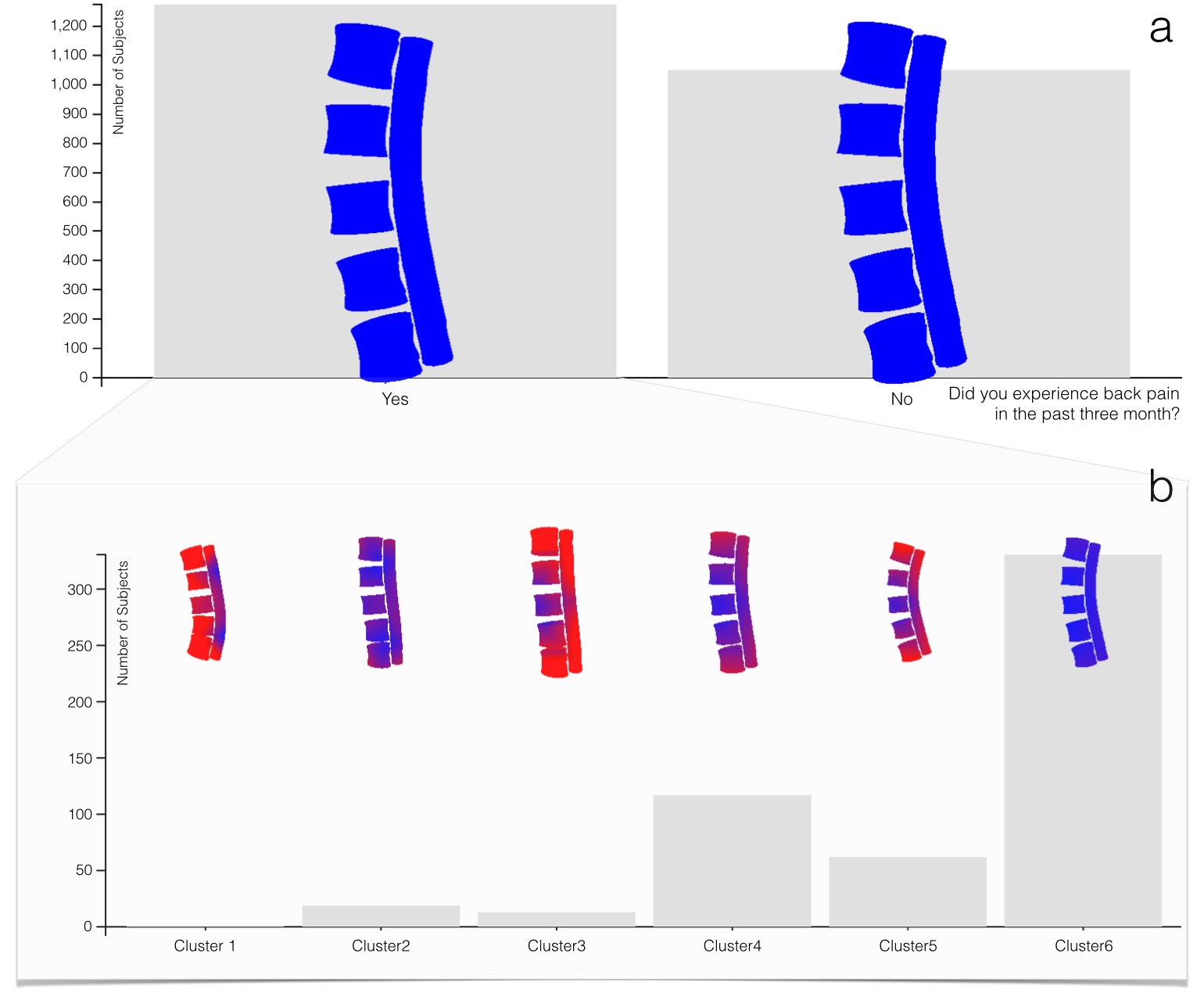 | Interactive Visual Analysis of Image-Centric Cohort Study Data Journal Article IEEE Transactions on Visualization and Computer Graphics (TVCG), pp. 1673–1682, 2014. |
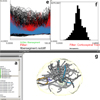 | Interactive Visual Analysis of Heterogeneous Cohort Study Data Journal Article IEEE Computer Graphics and Applications, 34(5) (5), pp. 70–82, 2014, ISSN: 0272-1716. |
2013 |
|
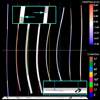 | Visualization and Analysis of Lumbar Spine Canal Variability in Cohort Study Data Inproceedings Favre, Michael Bronstein Jean; Hormann, Kai (Ed.): VMV 2013 - Vision, Modeling, Visualization, pp. 121–128, Lugano, 2013. |
2012 |
|
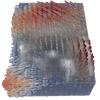 | Visualization and Exploration of Shape Variance for the Analysis of Cohort Study Data Inproceedings VMV 2012 - Vision, Modeling and Visualization, pp. 221–222, 2012. |

